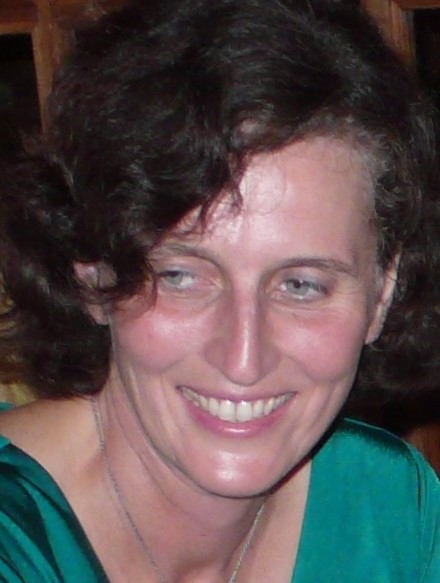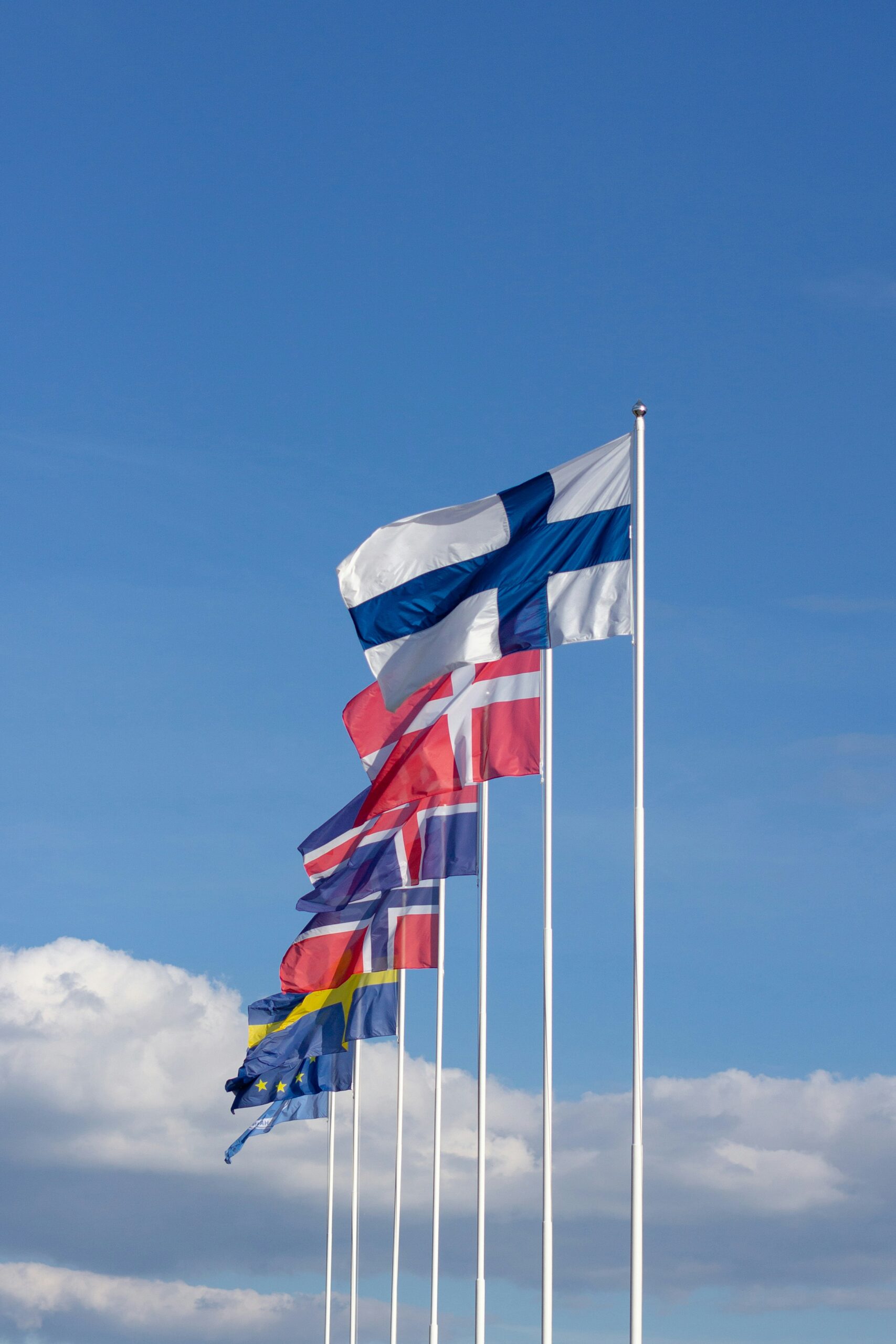
OSH Risks on board ships
About this course
Working places on board ship often are among the most dangerous. They have specific challenges, hazards and risks and addressing these issues is a priority.
Price information
The price of the course consists of the course fee of EUR 500
and the day package of choice.
Day package I
This package includes:
- conference facilities and technical equipment
- course material
- coffees, lunches
- dinners and the social program on Tuesday.
We strongly encourage you to take part in the social program, as this is a vital part of the NIVA course experience. We believe in the power of networking (between people) and strive to create an inspiring possibility for that through the social program.
The total price of the course is EUR 950 (course fee EUR 500 + day package fee EUR 450).
Day package II
This package includes:
- conference facilities and technical equipment
- course material
- coffees and lunches.
Kindly note that the day package II does not include dinners nor the social program.
The total price of the course is EUR 700 (course fee EUR 500 + day package fee EUR 200).
Accommodation
26th – 28th of October 2020 at Hotel Hanaholmen, Espoo, Finland.
To book a room from the block kindly make the reservation directly to the hotel by email to reception@hanaholmen.fi using the booking code “NIVA” (available until 2.10.2020).
Single The room price for a single standard room is EUR 115/night (including breakfast, morning sauna and access to the pool) and the price for a double room EUR 134/night (including breakfast, morning sauna and access to the pool). room: 128 €/night (including breakfast).
The block reservation will be available until 2nd of October 2020.
Course objectives
The course aims to:
- increase the knowledge and skills of Occupational Safety and Health (OSH) professionals working with the maritime sector on the methods for improving the management of occupational health hazards and risks on board ships
- define the requirements for OSH expertise and services
- identify the gap between existing approaches and the intentions of the international conventions that have now been ratified by many maritime nations
- discuss possible approaches to bring maritime OSH to the level of best practice in accordance with the requirements of the ILO Maritime Labour Convention 2006 and with the new ILO “Guidelines for implementing the Occupational Safety and Health provisions of the Maritime Labour Convention, 2006.”
- consider how these approaches interaction with the International Safety Management Code, the current way of delivering risk management aboard
This course has been accepted as a theoretical course (12 hours) demanded in the medical specialist education in the training programs of occupational health services, at the University of Helsinki in Finland. The acceptance is valid for the specialist training programs at the Faculty of Medicine of all Finnish universities.
General course fee information
The courses and workshops vary in price. Please note that the course fee does not cover meals or accommodation. The course fee and day-package fee are invoiced after the registration deadline. Travel arrangements Please refrain from booking any tickets until we have confirmed the course. The confirmation, which will be sent after the registration deadline, will include detailed information on the payment of the course fee and day-packages, as well as information on accommodation options and practical arrangements. Please note that you are not insured by NIVA.
Subject background
The Maritime Labour Convention includes requirements on occupational safety and health on board ship. To facilitate implementation of the requirements Maritime Occupational Safety and Health (MOSH) Guidelines have been developed by the International Labour Organisation, and agreed in 2014.
Occupational health professionals specializing in maritime medicine, among others, agree that implementation of OSH requirements and recommendations in shipping companies is variable, and in many cases substandard, especially with regards to the “H”.
As the working places on board ship often are among the most dangerous, with specific challenges, hazards and risks, addressing these issues is a priority.
The course will build on earlier NIVA initiatives, for example the 2014 Course on Maritime Occupational Medicine, Exposures and Health Effects at Sea.










